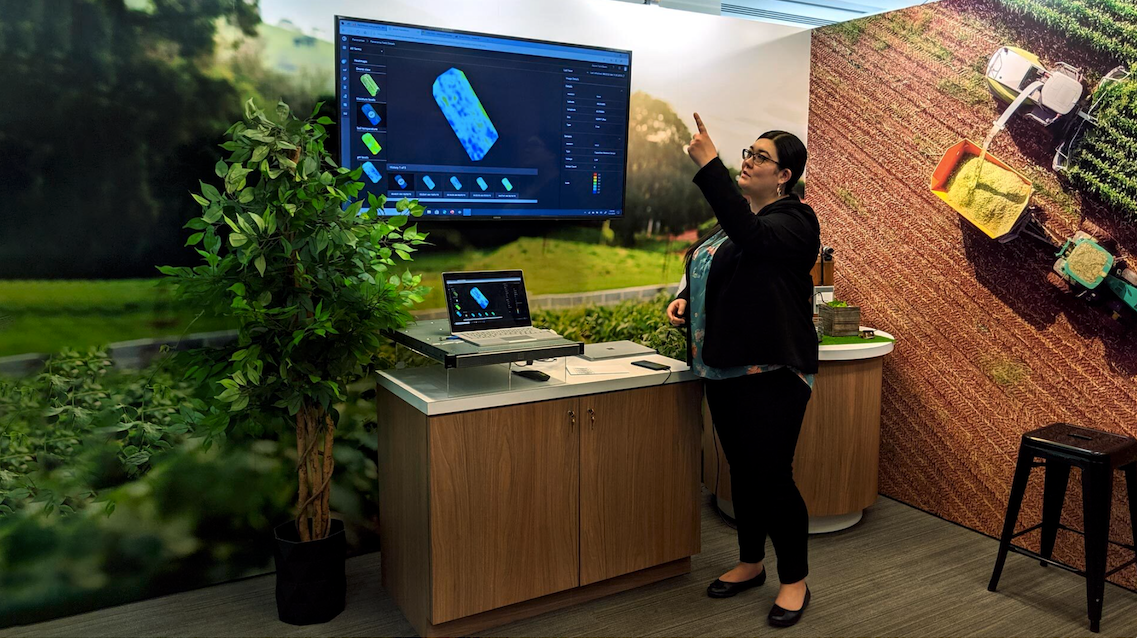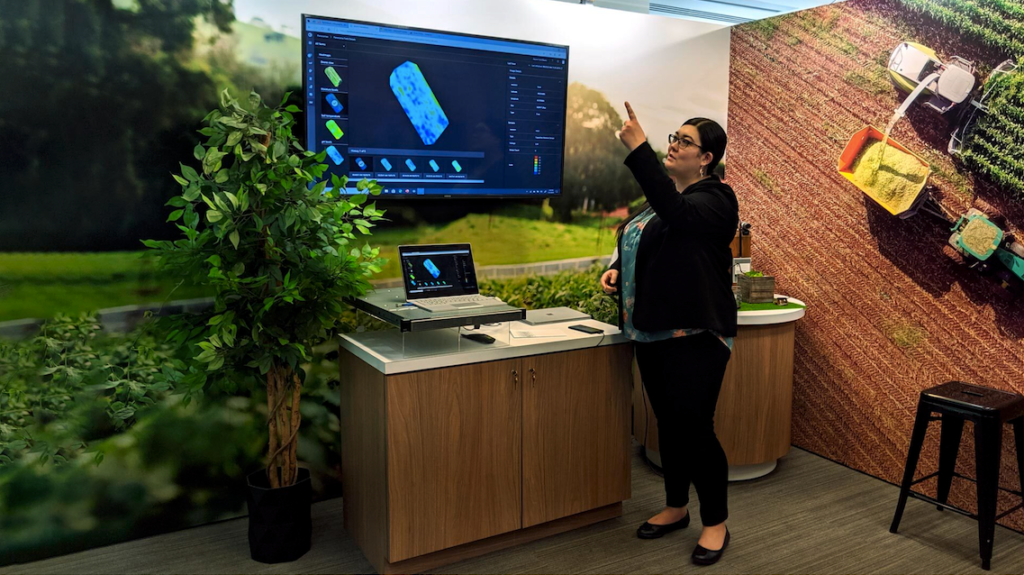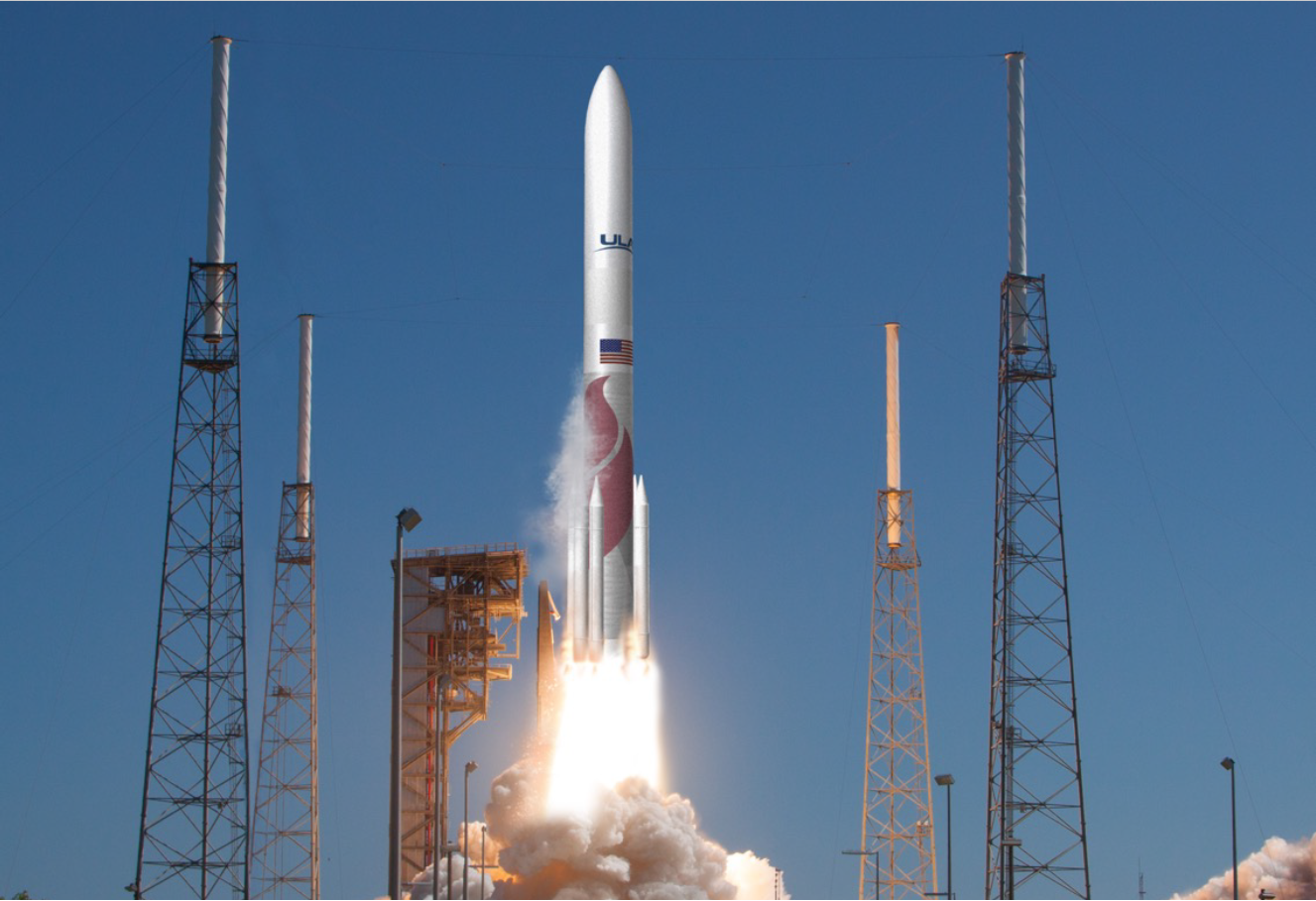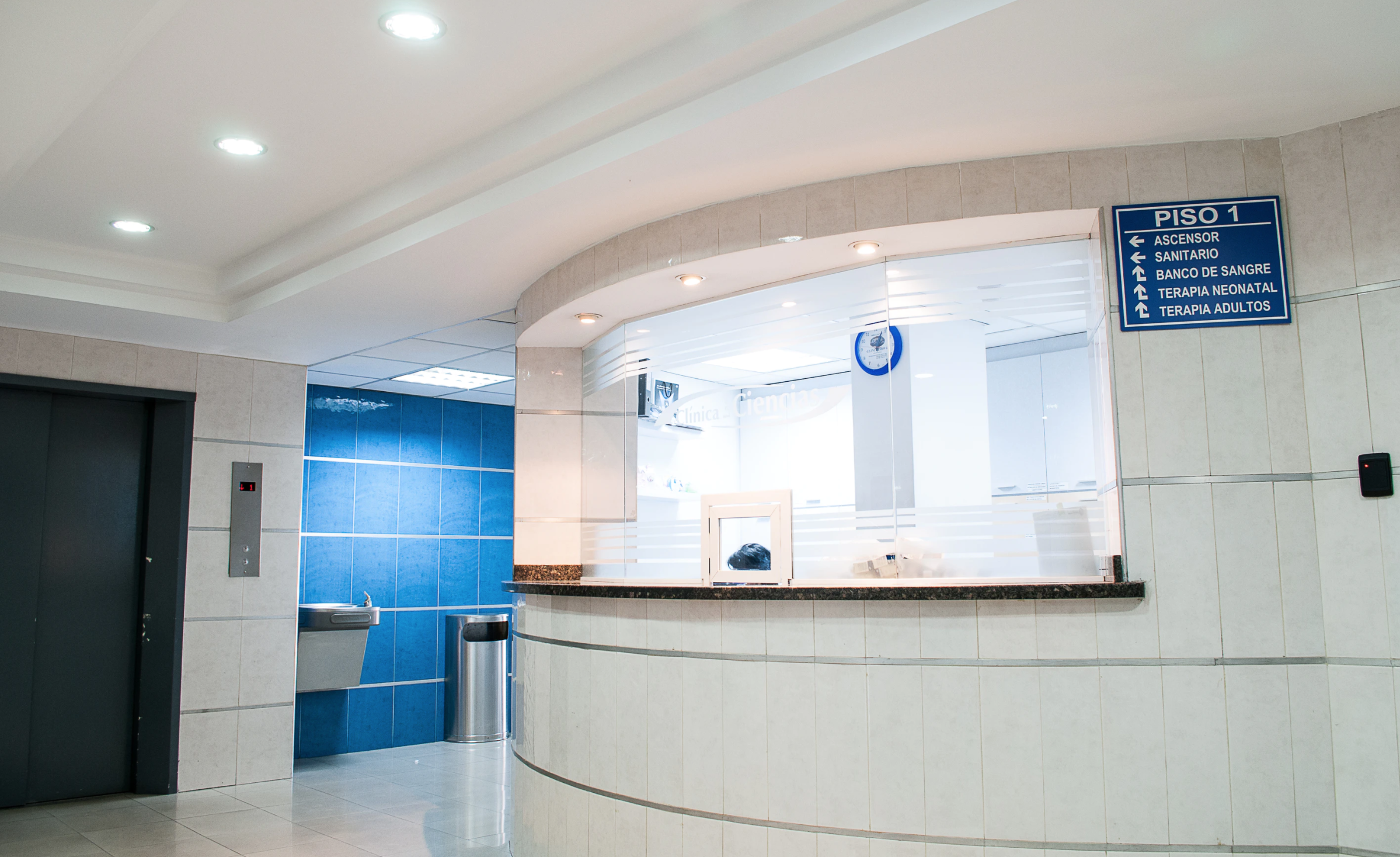Spaceflight
Enterprise Application Design and Development
Background
Spaceflight is a premier launch services and mission management provider, offering routine, cost-effective access to space.
With the growing industry of smallsats, the demand for routine, cost-effective access to space has increased exponentially. Demand, coupled with the growing number of launch vehicle providers, created an opportunity for Spaceflight to assist in identifying, booking, and managing rideshare launches.
With a suite of products and services including satellite infrastructure, rideshare launch offerings, payload integration, and global communications networks, Spaceflight enables organizations to get launched, achieving their mission goals – on time and on budget.
Kopius has worked with Spaceflight since 2020 when we built Book My Launch and the first iteration of Mission Control, which is a task management and ticketing system that allows Spaceflight Mission Managers to manage the tasks such as testing, documentation, and communication. Mission Control also provides a Resource Center, giving customers access to reference documents, templates, and information about their Spaceflight team.

Challenge
Prior to Mission Control, Mission Managers had to patch together ad hoc management solutions, leaning heavily on decentralized documents, emails, texts, and endless phone calls.
Spaceflight needed a system to link the self-service model of Book My Launch to the backend systems used by Mission Managers. The company also needed to enable Mission Managers to support more customers as the business scaled and to provide customers with a single source to view all their mission information.
Spaceflight’s team had a strong vision for the end product and its business impact but had not previously worked on a software development effort of this nature. Spaceflight needed a partner that could guide them through the process.
Spaceflight continued its engagement with Kopius, building upon the knowledge and relationships built during the Book My Launch project.
“We could tell that Kopius* was excited about this project and was really engaged,” says Kristen Smithson, Spaceflight vice president of business operations, “When the whole team came to the office and gave a presentation, they spoke to all our needs, and we were impressed. Kopius was able to speak to the backend setup as well as how we would design it. The end-to-end capability made a difference.”
Solution
Mission Control was developed in a phased approach, with Phase 1 relying on out-of-the-box software for task management and Phase 2 relying on custom-built software for Spaceflight’s unique workflows. The phased approach enabled faster process improvement and provided user feedback that contributed to a more successful software solution in Phase 2.
“Our primary objective was to simplify the user experience to support the adoption of the tools,” said Alice Watkins, Kopius Technical Project Manager, “In addition to adding features to make the system easier to use, we were ruthlessly focused on streamlining the experience. We improved the ease-of-use, the booking process, and functionality for Mission Control.”
Because Mission Control’s intent is to digitize and streamline processes, understanding those processes was critical to success. As is the case with many fast-moving and young companies, processes had been defined at a high level but had not yet been documented at the level of granularity needed to design and develop the right software solution and user experience.
Kopius conducted dozens of research sessions, bringing designers and engineers together with Spaceflight users to explore processes and user needs. Q & A sessions were insightful and benefited from Kopius participants with strong user experience practices with deep engineering skills. Part of Kopius’ role was to capture ideas that were still forming among the Spaceflight teams and to advise Spaceflight about how to use those ideas to create a better solution. These working sessions revealed the “hidden steps” in Spaceflight’s processes, which are critical to achieving adoption by Mission Managers.
Kopius also conducted user experience research and provided UX design, interface design, software engineering, testing, and QA to Spaceflight. In addition to features that allow Mission Managers to manage customers, create tasks, and easily see what the customer can see, Kopius also built filtering functionality so Mission Managers can easily manage their work and assignments.
In Phase 2, Kopius restructured tasks and workflows, created task management systems, built a notification system that triggers emails when a customer submits a task, improved the user database, and implemented multifactor authentication via text messages to increase security.
Following the release of Phase 2, Kopius collected user feedback for future enhancements and conducted internal training and client onboarding.
“I appreciate that Kopius was good at guiding us through the technical aspects of the project while also always treating us as equals. We felt like engaged and respected partners,” said Tony Frego, vice president of mission management, “Kopius also got to know our business at a detailed level, which is not easy. It’s cool that Kopius can talk about orbits with us now.”

Results
With Book My Launch and Mission Control, Spaceflight is transforming its business and the aerospace commercial space flight industry.
The Mission Control tool is scalable, flexible, trackable, and provides better records, impressively advancing Spaceflight from its previous ad hoc systems. Further, the onboarding of new Mission Managers is more consistent, and Mission Managers can save time and effort compared to previous processes.
And because Mission Managers can better manage customers, customers are expected to have a better experience with Spaceflight and demonstrate higher satisfaction – ultimately leading to future bookings and a stronger business.
*Kopius performed this work under it’s previously known business name, Valence.















